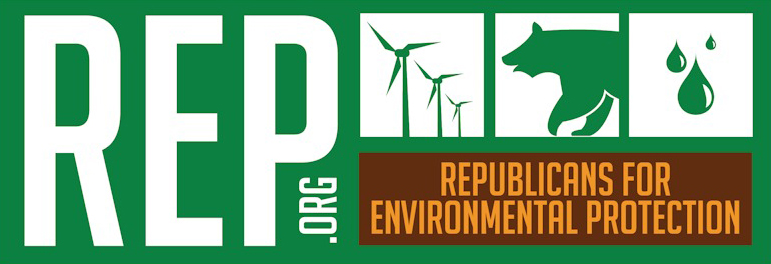A PLACEBO FOR CLIMATE CHANGE?
By BRUCE SMART, a REP member in Virginia
AN HISTORICAL DOCUMENT: Originally published in the Denver Post on February 24, 2002.
xx
On February 14, President Bush reaffirmed the nation’s commitment to the U.N. Framework Convention’s 1992 goal “to stabilize greenhouse gas concentrations at a level that will prevent dangerous human interference with the climate,” and he outlined an environmental path for the nation to follow. A number of the specifics he proposed, if forcefully pursued, can be helpful.
But the medicine prescribed for the world’s greatest environmental threat—the malignant growth of atmospheric concentrations of greenhosue gases—is only a well-packaged placebo. It is no cure for global warming and the hazardous changes in climate that a great majority of scientists believe it is likely to cause.
Let’s examine the arithmetic. Since the world is emitting more GHGs than natural “sinks” (ie, trees, soil, oceans) are able to absorb, GHG concentration in the atmosphere is growing, from 270 parts per million (ppm) of carbon dioxide (the predominant GHG) in the 19th century to about 380 ppm today. It is this amount of GHGs in the atmosphere that determines global temperatures and climate patterns More GHGs in the atmosphere result in greater average global temperatures, which lead to higher sea levels and a variety of mostly undesirable changes in climage.
A quick reading of the Bush plan can leave the impression that it will reduce emissions. Not so. What the president actually calls for is “to reduce our greenhouse gas intensity by 18 percent by the year 2012.” That calls only for a reduction in carbon released per unit of gross national product, a trend that has already been in effect for decades.
Since the US economy is likely to grow by at least 30 percent (2.6 percent per year) by 2012, the Bush target suggests increasing emissions by perhaps 12 percent over a decade, about the same hazardous growth rate we ahve been on for years. Growing emissions will add to GHG concentrations, not diminish them. This increases the likelihood of “dangerous interference with the climate” and leaves a more daunting task to President Bush’s successor, who he suggests should revisit the matter in 2012.
At a recent Aspen Institute forum of climate experts with backgrounds in science, economics, industry, environment and government, we were in nearly complete agreement that the uncertainties surrounding climate demanded that we start reducing emissions now by using an economywide cap and trade program. Almost all participants believed that delaying action to learn more was likely to dig us into a deep hole from which escape would be extremely costly or even impossible. We will profit by improving technology, but we already have a host of cost-effective options that aren’t being utilized.
Most of the Aspen group also believe that the first steps to reducing emissions are likely to benefit the economy, improve U.S. competitiveness and enhance national security, rather than cost jobs as President Bush suggests.
A clue to the genesis of the administration’s toothless GHG program may lie in its architects. President Bush said, “I want to thank Senator Chuck Hagel and Larry Craig for their work on climate issues.” Senators Hagel and Craig rank at the bottom of the Senate in their concern for the environment, judging by the League of Conservation Voters scorecard of their environmental votes. Over their careers, they ahve supported the environment just 3 percent and 9 percent of the time, respectively!
On Valentines Day, the President bobbed his head toward America’s environmental concerns, but he sent a box of candy to his supporters in the coal, oil and gas industries. He now intends to sell his program abroad. It is unlikely that the countries he is visiting will be easily fooled.
As the world’s leading emitter of carbon dioxide, both in total and on a per capita basis, and as the leader of innovative technology, it is our nation’s responsibility to lead in averting the climate threat the world faces. The time for feel-good placebos for voters or candy for industrial sweethearts is long past. The nation needs to give the Bush plan a prompt reality check and push for our vibrant society to take up this most important challenge.
Return to THINGS WE FIGHT FOR: CLEAN AIR, CLEAN ENERGY, AND A STABLE CLIMATE
Return to REP’S HISTORY: PART 2
Return to top of page
